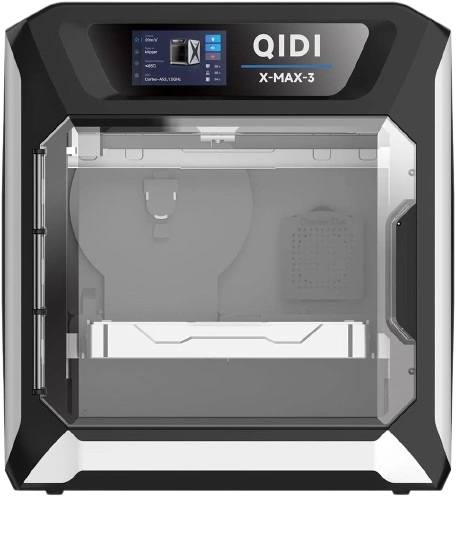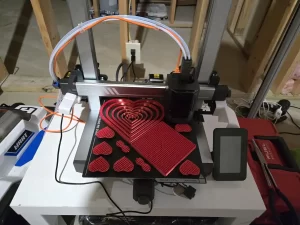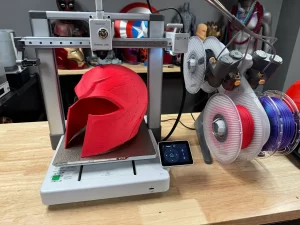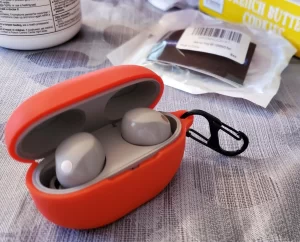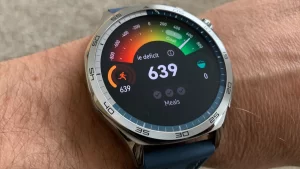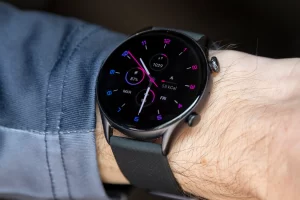QIDI X-MAX 3: The Game-Changing 3D Printer You Need to See
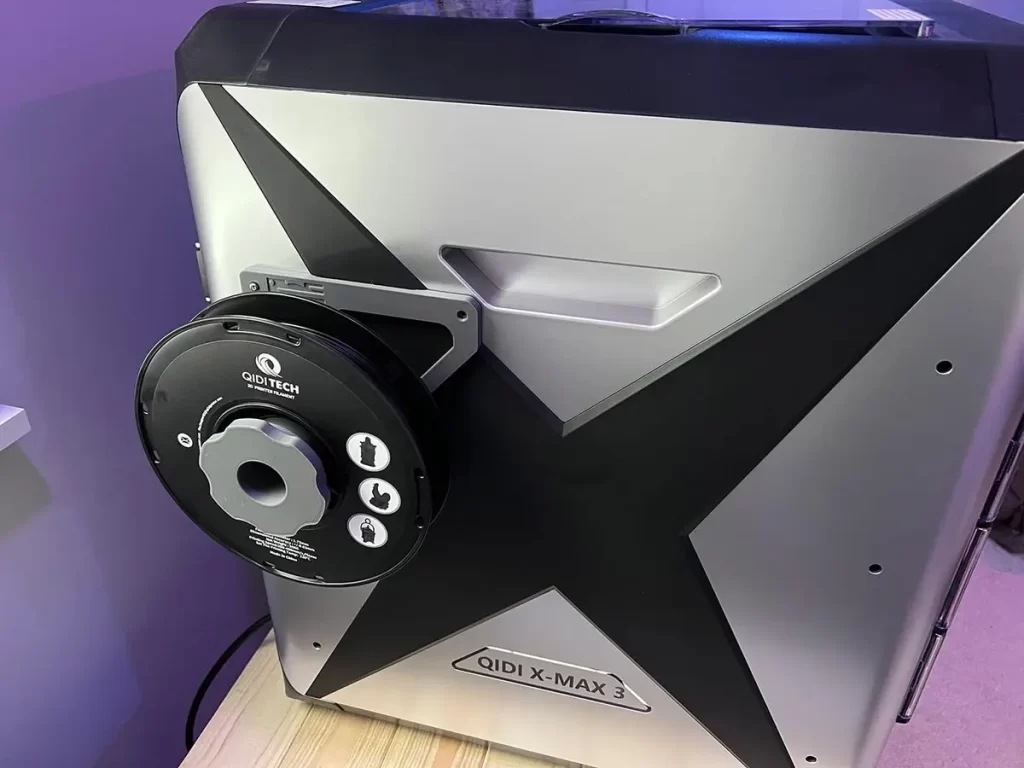
The QIDI X-MAX 3 is a large 3D printer that can handle big projects. It has a strong frame, an enclosed design, and prints at high speeds. People who print a lot or need precise results might find it useful.
Setup and Build Quality
Setting up the QIDI X-MAX 3 takes some time because it is a big machine. The printer arrives mostly assembled, but a few things need to be put together. The instructions are clear, though some details could be better explained. For example, placing the filament spool at the back is not very convenient, but it works.
The printer feels solid. It has a strong metal frame and an enclosed chamber. The enclosure helps keep the temperature stable, which is useful when printing materials like ABS. The bed is made of aluminum, and it heats up evenly. The touchscreen is simple to use, though sometimes it lags a little.
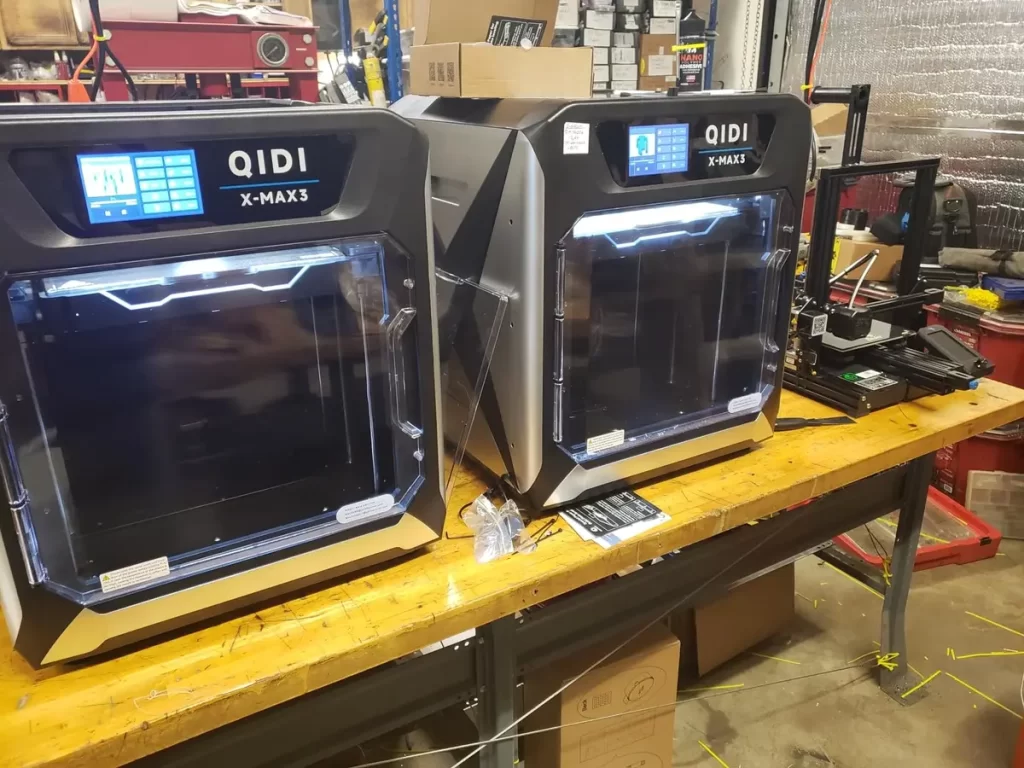
Motion System and Speed
This printer uses a CoreXY system. That means the movement is more stable compared to basic 3D printers. It also prints much faster. I was able to print at 500mm/s without major issues. However, printing this fast sometimes causes ringing or small imperfections in the details. Slowing it down a bit improves quality.
The printer has brass bushings instead of linear rails. This is meant to reduce maintenance, but I did notice some friction at times. The stepper motors also get warm, especially after long prints. It’s something to be aware of, though it hasn’t caused problems for me.
Hotend and Extruder
The QIDI X-MAX 3 comes with a direct drive extruder. This makes it easier to print flexible materials like TPU. The hotend can reach up to 350°C, so it can handle high-temperature materials like nylon and polycarbonate. The printer includes two different nozzles—one for regular filaments and one for abrasive filaments.
The filament loading system is not the best. Since the spool is placed at the back, it takes extra effort to load new filament. The extruder itself works well, though. I didn’t have major clogs, and the feeding mechanism feels strong. The cooling system also does a decent job at preventing overheating.
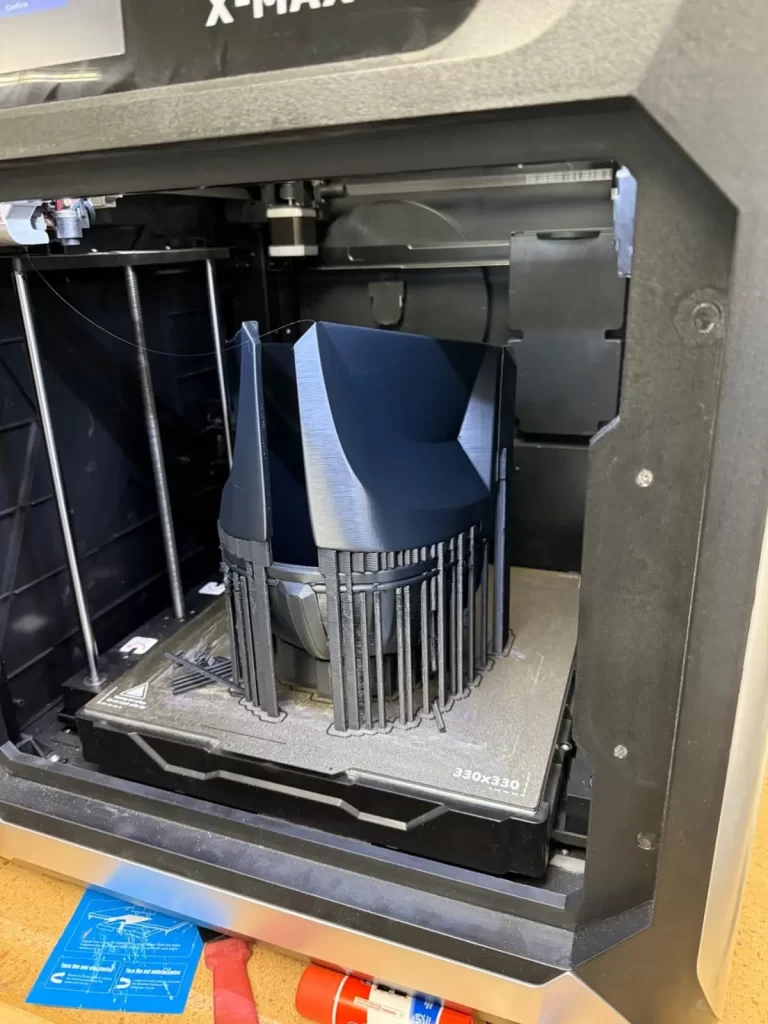
Print Quality
Print quality is good, especially for a large printer. The first few prints needed some adjustments, but once calibrated, it performed well. PLA prints come out clean, and ABS prints don’t warp as much as they would in an open-frame printer. The PEI build plate helps with adhesion. Small details print fine, though very fast speeds reduce accuracy.
One issue is stringing. When printing flexible filaments, I noticed some stringing between parts. Retraction settings help, but it takes some trial and error. Also, prints with large overhangs sometimes need extra cooling. The stock fan is okay but could be stronger.
Software and User Experience
The printer uses Klipper firmware, which allows for high-speed printing. The touchscreen is simple, and the menus are easy to navigate. QIDI includes its own slicer, but I used PrusaSlicer instead. The printer connects through Wi-Fi, USB, or Ethernet, which gives flexibility. However, Wi-Fi sometimes disconnects randomly.
One downside is the documentation. The manual explains basic setup but lacks details on advanced features. I had to search online for more information on things like adjusting Klipper settings.
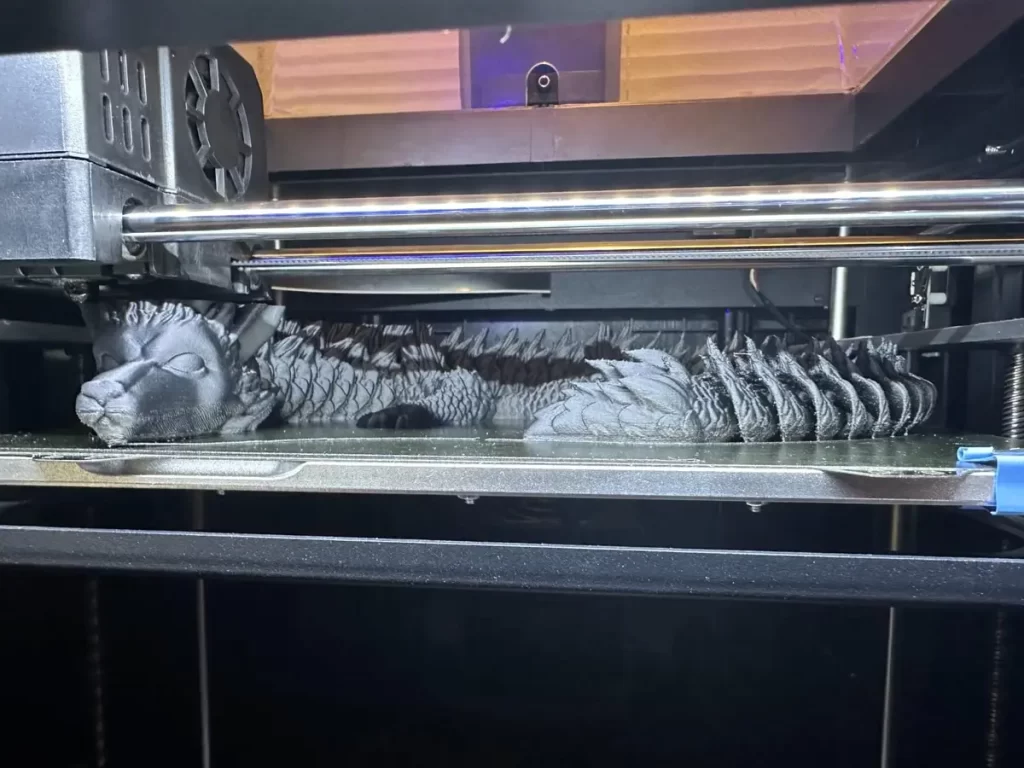
Noise and Power Use
This printer is not the quietest. The fans and stepper motors make noise, especially when printing at high speeds. If you need a silent machine, this might not be the best choice. Power consumption is what you’d expect for a large printer. If you use the heated chamber, expect higher energy use.
Pros:
- Large print volume
- Fast printing speeds
- Strong frame and enclosed design
- Can print high-temperature materials
- Good adhesion with PEI build plate
Cons:
- Filament spool placement is awkward
- Documentation lacks details
- Wi-Fi connection is unstable at times
- Cooling fan could be better
- Some stringing with flexible filaments
Conclusion
The QIDI X-MAX 3 is a capable 3D printer for those who need large, fast prints. It takes some time to set up and fine-tune, but once adjusted, it works well. It’s not perfect—some small design issues could be improved—but overall, it delivers good results. If you print often and need speed, this might be a good choice.
